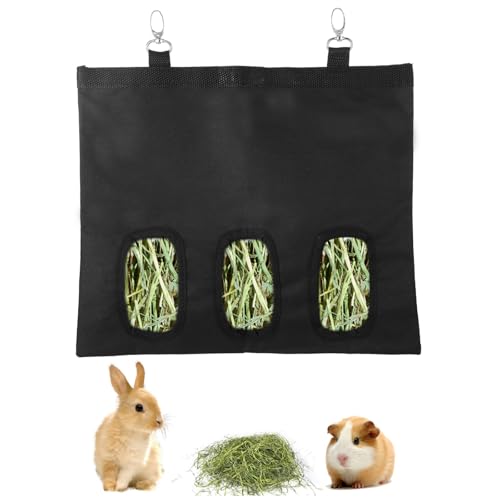JG3
Well-known member
Sorry for all my posts of question after question. LOL. Just starting out and I’m a researcher before jumping in.
Okay, for raising meat rabbits, I refuse to feed GMO pellet feed. I cannot get the non-GMO pellets because the minimum order is 1 tonne and that’s too much for a personal, backyard rabbitry.
We have decided to transition the rabbits we get to natural feeding. My only worry is meeting everyone nutritional need (I’m okay with them taking a couple extra weeks to grow).
My current feeding plan idea to transition them to is:
- hay (alfalfa/Timothy)
- fodder (going to make system and likely do year round, unless I can forage enough, but I’m not confident in trusting that starting out, I want a back up I can rely on)
- trace mineral salt lick
- forage from our yard (dandelion, comfrey, herbs, apple twigs)
- rolled oats, BOSS, pumpkin seeds, flax seeds, etc for those that need more energy or fat like pregnant and nursing does and growers
My questions are:
1. Does this cover all nutritional needs? Or is there something I’m missing? Obviously amounts of everything will depend on how each rabbit does, but is there an obvious hole anywhere?
2. For ease of storage and convenience, can I use Timothy/alfalfa hay cubes instead of loose hay? Will this provide enough of the long fibre to keep their systems moving? I also like the idea of it being harder to grind their teeth on, less hay waste and not worrying about hay bale storage. We would only really need to make sure we had some hay or straw for the nesting boxes.
3. Is the best way to lower the pellets, by testing them on the fodder and slowly increasing it, while slowly decreasing the pellets? As that’s where most the nutrition would be coming from.
Feel free to share any other thoughts and wisdom with me too. Thank you.
Okay, for raising meat rabbits, I refuse to feed GMO pellet feed. I cannot get the non-GMO pellets because the minimum order is 1 tonne and that’s too much for a personal, backyard rabbitry.
We have decided to transition the rabbits we get to natural feeding. My only worry is meeting everyone nutritional need (I’m okay with them taking a couple extra weeks to grow).
My current feeding plan idea to transition them to is:
- hay (alfalfa/Timothy)
- fodder (going to make system and likely do year round, unless I can forage enough, but I’m not confident in trusting that starting out, I want a back up I can rely on)
- trace mineral salt lick
- forage from our yard (dandelion, comfrey, herbs, apple twigs)
- rolled oats, BOSS, pumpkin seeds, flax seeds, etc for those that need more energy or fat like pregnant and nursing does and growers
My questions are:
1. Does this cover all nutritional needs? Or is there something I’m missing? Obviously amounts of everything will depend on how each rabbit does, but is there an obvious hole anywhere?
2. For ease of storage and convenience, can I use Timothy/alfalfa hay cubes instead of loose hay? Will this provide enough of the long fibre to keep their systems moving? I also like the idea of it being harder to grind their teeth on, less hay waste and not worrying about hay bale storage. We would only really need to make sure we had some hay or straw for the nesting boxes.
3. Is the best way to lower the pellets, by testing them on the fodder and slowly increasing it, while slowly decreasing the pellets? As that’s where most the nutrition would be coming from.
Feel free to share any other thoughts and wisdom with me too. Thank you.
































